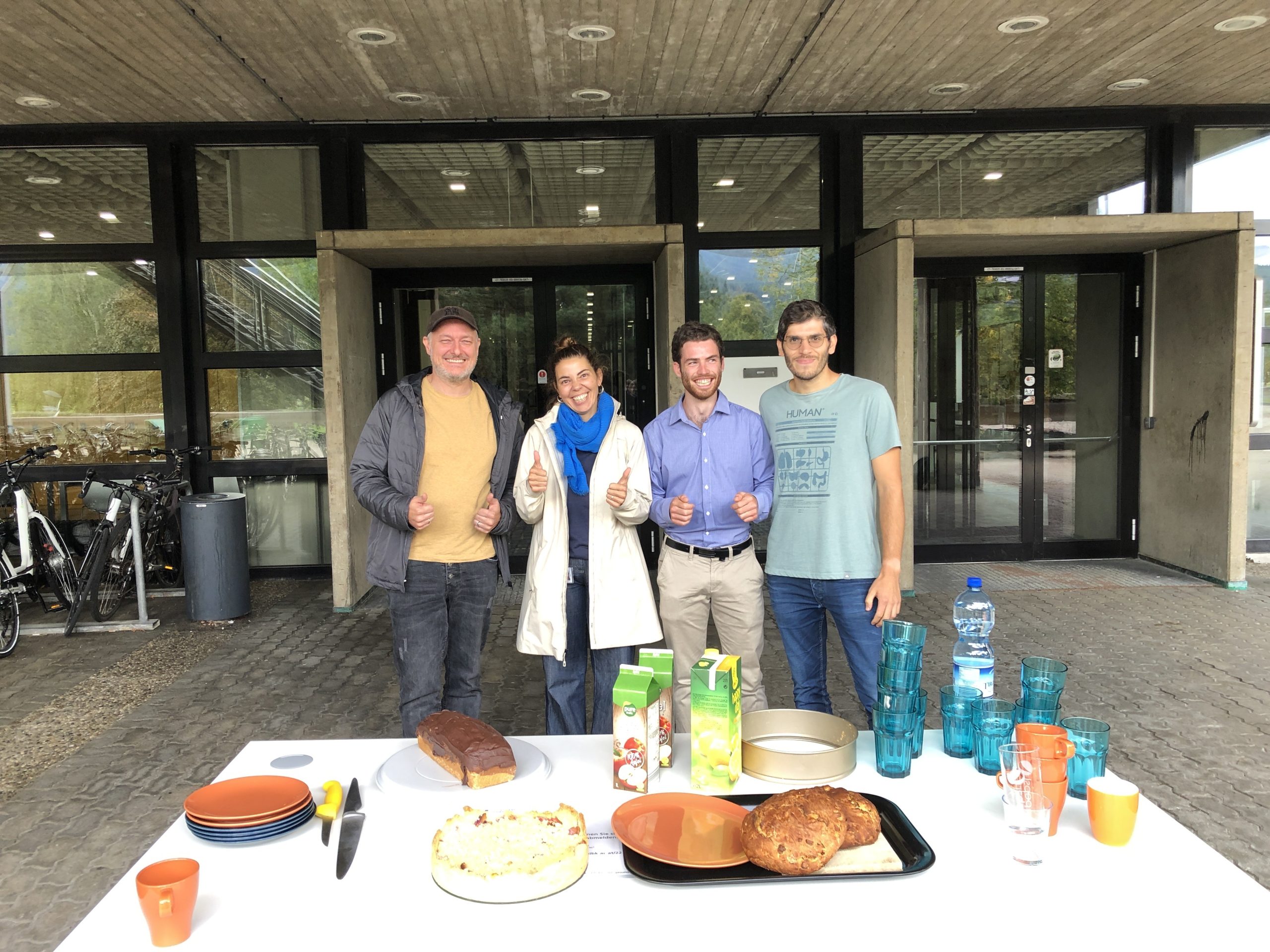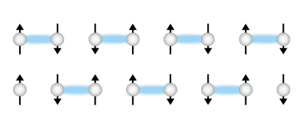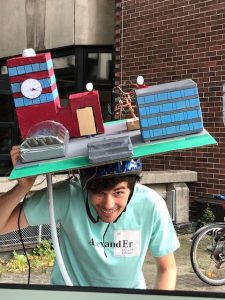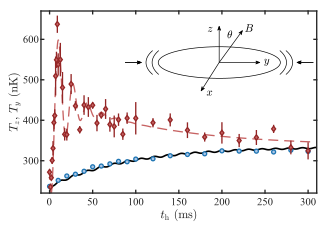Louis held his successful defence for his Masters’ thesis this week! (and has his first paper published on the same day!) Louis will be staying on as a PhD student of the Erbium lab, here’s to the next 4 years!
News
Category for non scientific news
Revealing the topological nature of the bond order wave in a strongly correlated quantum system
Now published in PRR with collaborators from ICFO, Barcelona! In the recent years, great effort has been devoted toward the study of symmetry-protected topological phases. We show that the bond order wave (BOW) induced by frustration between competing couplings has a nontrivial topological sector in the presence of chiral symmetry. We reveal its topological nature by finding a nonzero string order correlator and a degenerate entanglement spectrum, and design a realistic experimental scheme involving magnetic atoms trapped in an optical lattice. The latter paves the way towards an efficient quantum simulation of topological phases in many-body quantum systems.
The paper can be accessed here: Phys. Rev. Research, and the pre-print here: arXiv
Determination of the scattering length of erbium atoms
Now published in PRA with collaborators from JILA, Boulder (Colorado, USA), we accurately determine the scattering length for the four bosonic erbium isotopes with highest abundance in the magnetic field range from 0G to 5G. We use the cross-dimensional thermalization technique and extract the scattering length by applying a fit of the complete Enskog equations of change and by utilizing an analytic formula for the so-called number of collisions per re-thermalization. We benchmark our results with the very accurate but experimentally more demanding lattice modulation spectroscopy, confirming the accuracy of our experimental protocol.
The paper can be accessed here: Phys. Rev. A, and the pre-print here: arXiv
Long-range interactions 2022 – registration now open!
Registration is now open for the Long-range interactions in the ultracold 2022. The three -day conference is fully in presence and will take place 06-09 September in Innsbruck, Austria.
Have a look at the conference webpage.
Francesca Ferlaino receives ERC Advanced Grant
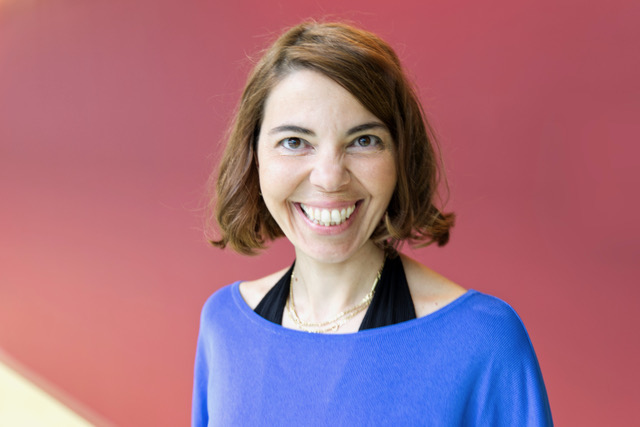
Francesca Ferlaino, professor at the University of Innsbruck, Austria, and scientific director at the Institute for Quantum Optics and Quantum Information (IQOQI) of the Austrian Academy of Sciences receives an ERC Advanced Grant, the highest European funding for established scientists in basic research. She will receive up to 2.5 million euros in research funding. For Ferlaino, it is already the third ERC grant after a Starting Grant (2010) and a Consolidator Grant (2016).
The European Research Council (ERC) awards ERC Advanced Grants to established top scientists for their outstanding scientific research. They receive up to 2.5 million euros over a period of five years as funding for their basic research. Today, the ERC announced in Brussels that Francesca Ferlaino will receive this prestigious award.
With the help of ultracold gases, quantum phenomena can be specifically controlled and investigated in the laboratory. Francesca Ferlaino has pioneered the use of a new class of atomic species, rare earth metals, to induce many-body quantum phenomena, which have no counterpart in other systems. Rare-earth metals are the most magnetic elements in the periodic table. Each behaves like an atomic magnet, and “a million of these tiny magnets can create dipolar gases with unique properties”, says the physicist. Together with her team, she demonstrated in 2012 the first Bose-Einstein condensation of erbium and later created Erbium-Dysprosium mixtures. Very recently, her group was able to access quantum phenomena that long-awaited demonstration in laboratories, such as a special minimum in the excitation energy, called after Landau roton, and, simultaneously with two other groups, a novel phase of matter called supersolidity. “Our aim is now to go even further with rare-earth condensates, and using also their internal structure and degrees of freedom”, says Francesca Ferlaino.
In her ERC project, the researcher now aims to push the limits of interaction control using tailored optical potentials and Rydberg excitations, as well as state read-out through the application of quantum-gas-microscopy techniques. “We will harness the multi-valance-electron nature of magnetic lanthanides to create the next generation of quantum simulators, which promises enhanced capabilities otherwise not accessible”, says the awardee.
Click here for the press release.

